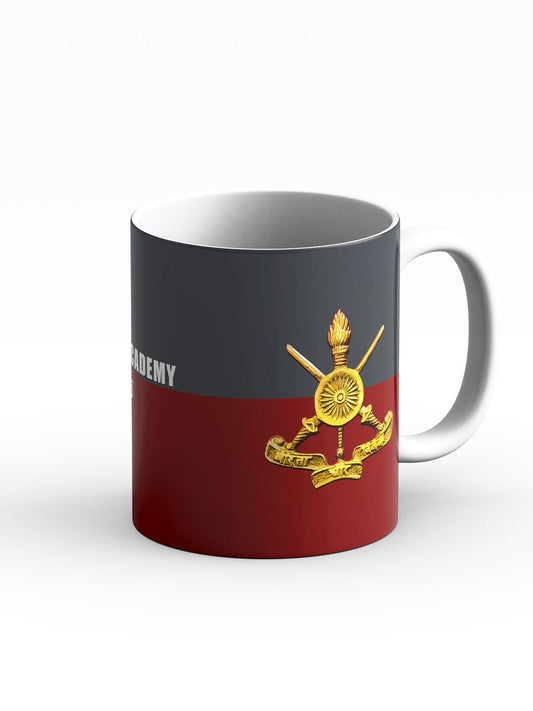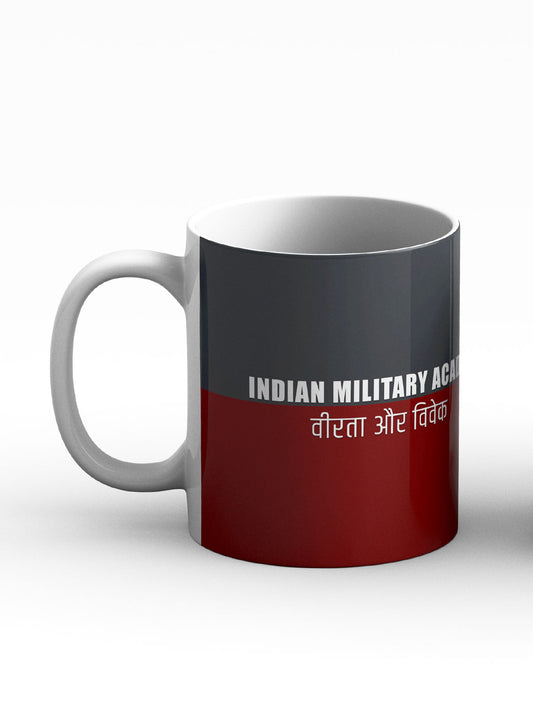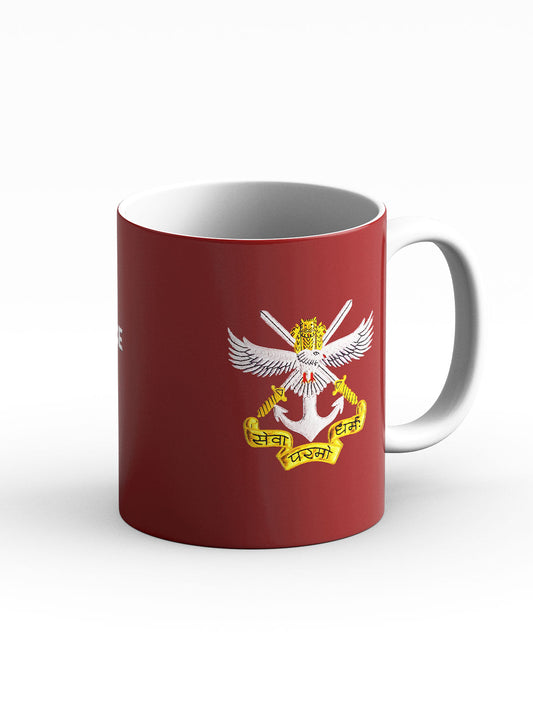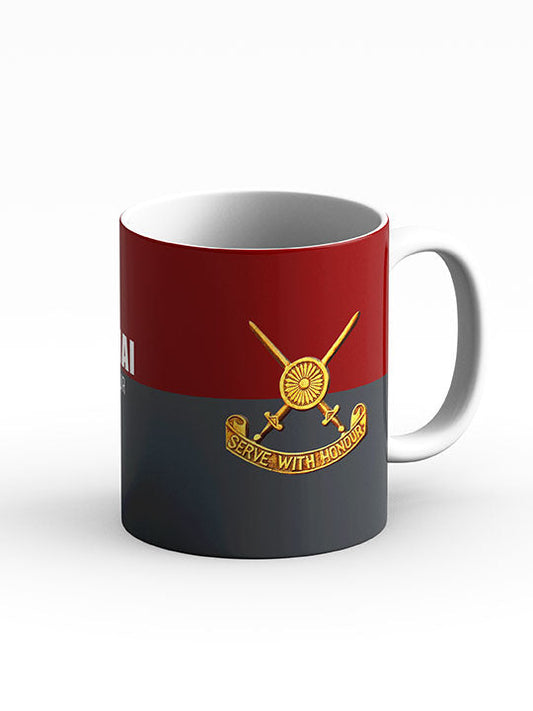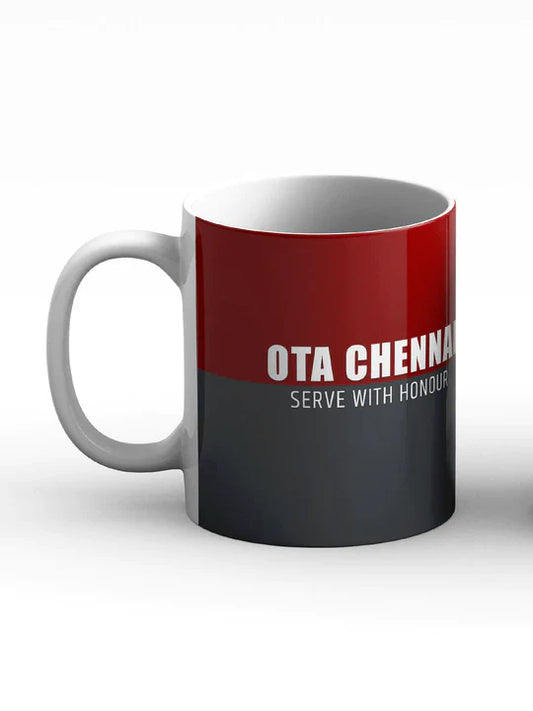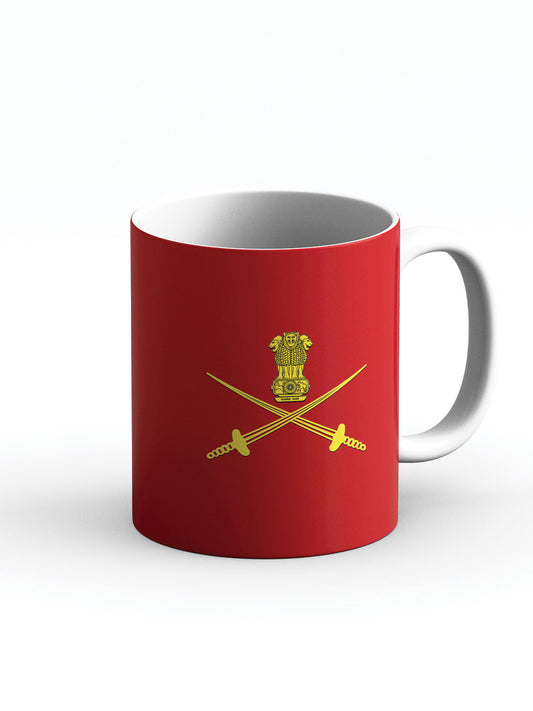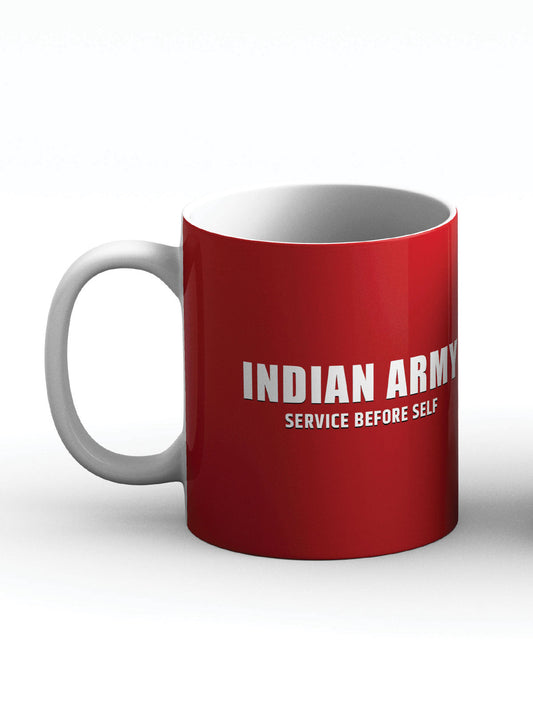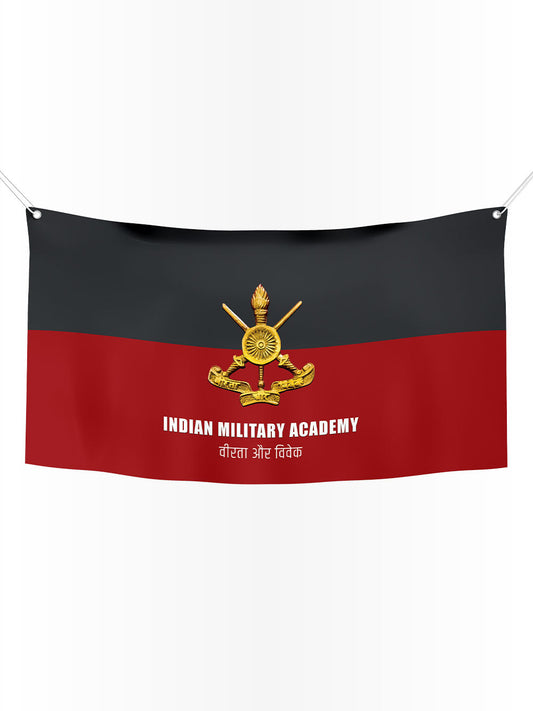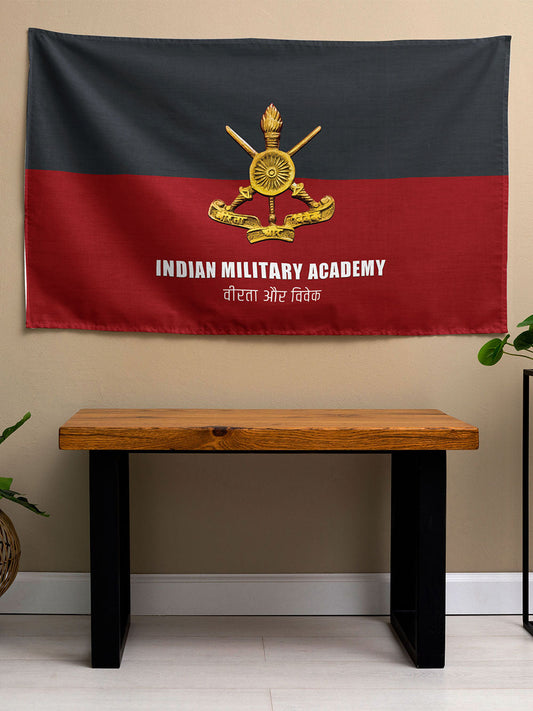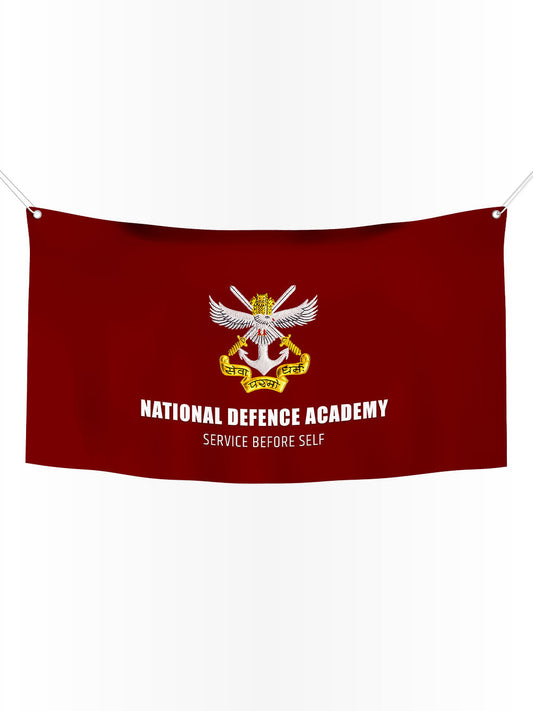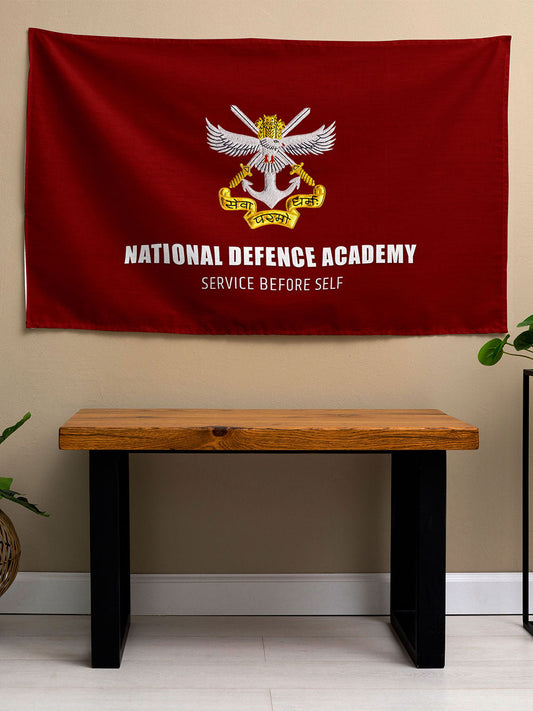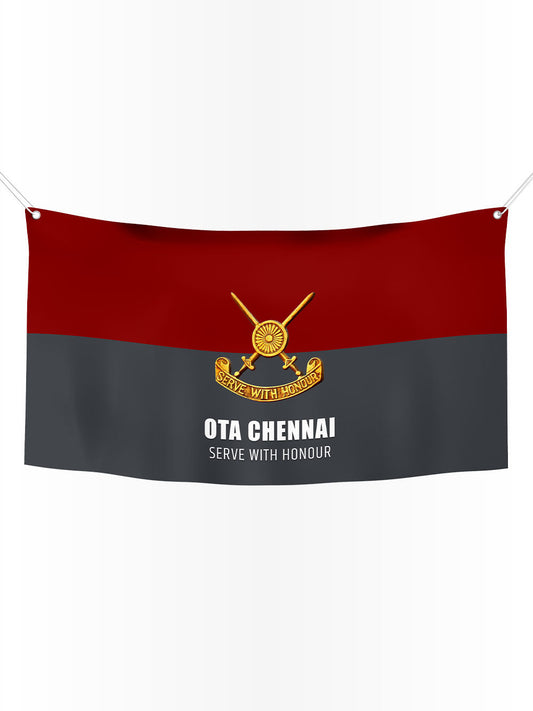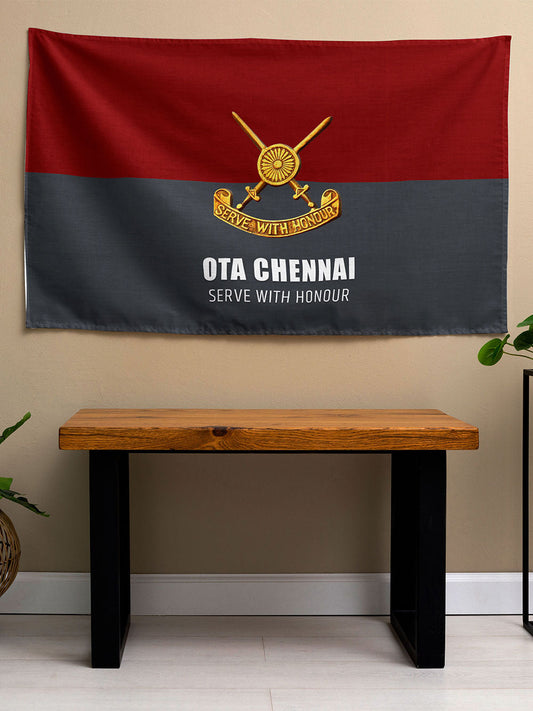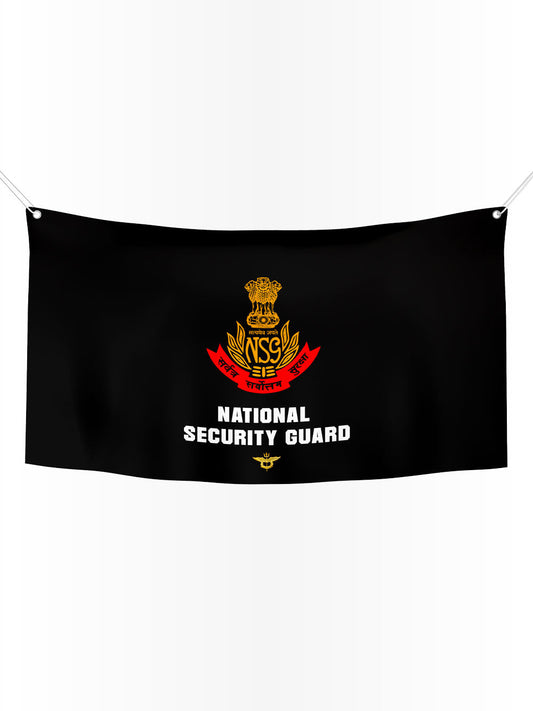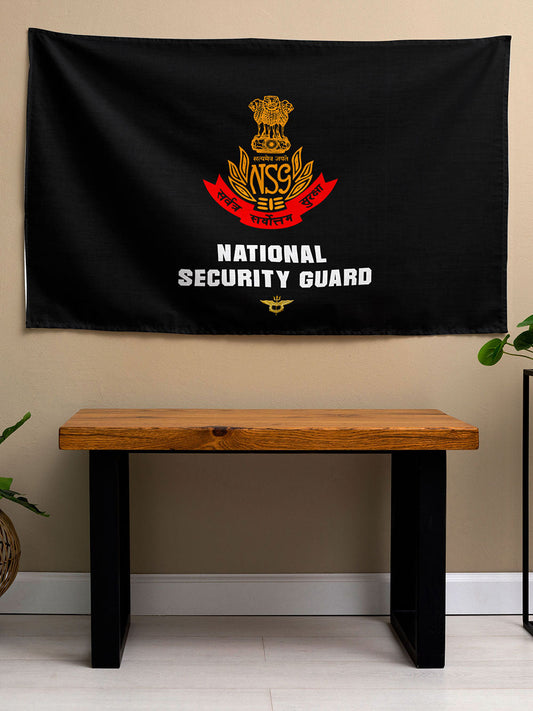Understanding the Role and Responsibilities of the Adjutant-General in the Indian Army
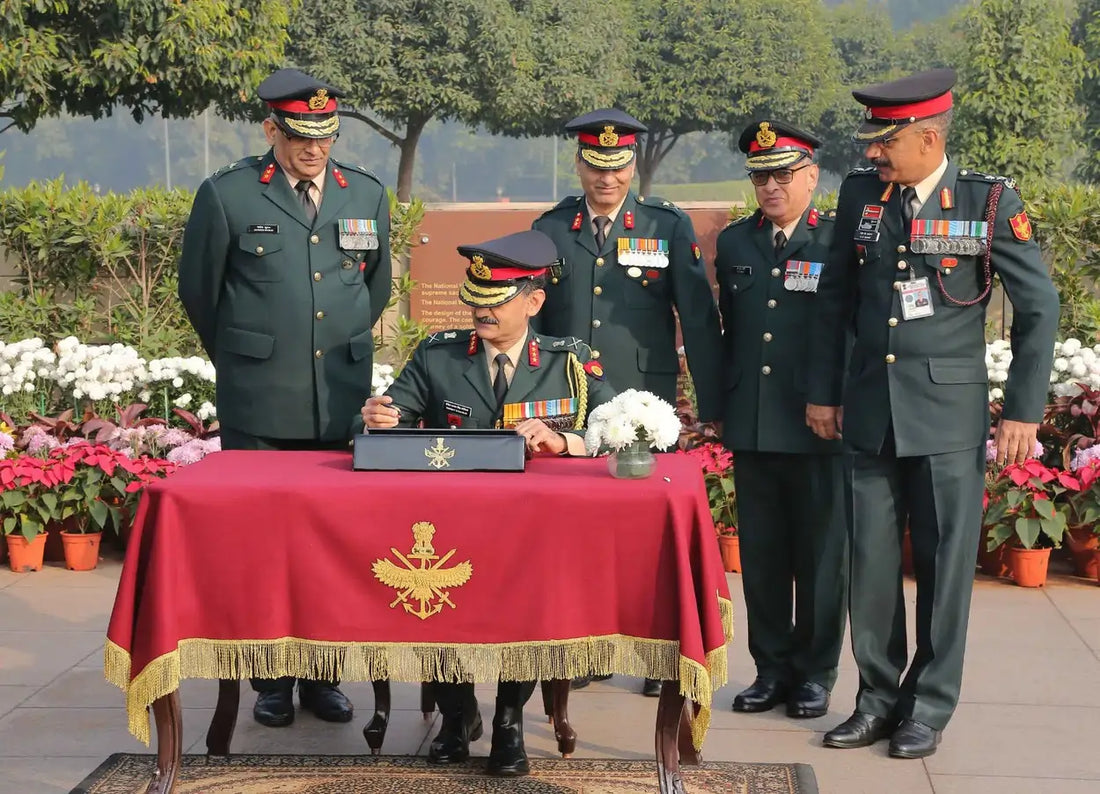
The Adjutant-General (AG) of the Indian Army plays a pivotal role in the military's administration, balancing operational needs with the management of human resources in one of the world's largest armies. Originating from colonial traditions and evolving to meet modern challenges, the AG ensures the support of more than 1.4 million active personnel and a large veteran community through structured policies and welfare programs. Reporting directly to the Chief of Army Staff (COAS), the AG oversees a complex branch that affects recruitment, post-retirement care, and more, making it crucial for maintaining discipline, morale, and readiness across varied terrains and security situations.
The position of Adjutant-General has its roots in the British Indian Army, established to manage administrative tasks during the expansion of colonial military operations. Colonel Sir Henry George Smith was the first recorded holder in 1840, followed by notable British officers like Major-General Sir Peter Stark Lumsden and Lieutenant-General Sir Havelock Hudson. Initially, these officers focused on logistics, discipline, and personnel management during periods of imperial expansion and global conflicts. After India's independence in 1947, the role became Indian-led, with Major General Hira Lal Atal among the first Indian officers to assume this position, symbolizing the Army's shift to align administrative practices with national priorities. Over time, the responsibilities have grown to include digital HR systems and gender-inclusive policies, reflecting India's military modernization.
Currently, the Adjutant-General's Branch at Army Headquarters serves as a comprehensive administrative center, divided into various directorates and entities for specialized functions. This branch works closely with the Ministry of Defence's AG Division on manpower planning and HR policies. Typically headed by a lieutenant general with substantial field experience, the AG also acts as the Colonel of the Corps of Military Police (CMP) and the Judge Advocate General's (JAG) Branch, emphasizing the AG's role in enforcing military law and maintaining order. The CMP handles internal policing and security, while the JAG provides legal guidance on courts-martial and service regulations.
The AG's duties are wide-ranging and impactful, covering the entire lifecycle of Army personnel. Central to this is manpower planning, which includes forecasting personnel needs, managing promotions, and addressing shortages in specialized roles. Recruitment is part of this, with the AG managing initiatives such as the Agnipath scheme, introduced in 2022 to bring youth and agility into the forces. By mid-2024, around 100,000 Agniveers had been enrolled, with efforts underway for an additional 50,000 positions, highlighting the AG's role in adapting to demographic and financial pressures. Discipline and vigilance are also critical, with the AG directing the Provost Marshal Directorate to combat corruption and uphold ethical standards through inspections and awareness campaigns.
Welfare is a significant aspect of the AG's mandate, as soldier morale directly affects combat effectiveness. This includes managing the Army Welfare Education Society (AWES), which runs over 130 schools and professional colleges for dependents, and the Army Welfare Housing Organisation (AWHO), providing affordable housing for serving and retired personnel. Medical support is another key area, with the Director General Medical Services and Director General Dental Services ensuring healthcare access through military hospitals and the ECHS, which covers millions of ex-servicemen and their families. Veteran affairs are managed by the Directorate of Indian Army Veterans (DIAV), offering pension guidance, career transition programs, and outreach for entitlements, crucial in a country with numerous veterans facing challenges like delayed benefits or reintegration into civilian life.
Ceremonial duties add tradition and public engagement to the AG's responsibilities. The branch coordinates national events like Republic Day parades, showcasing the Army's discipline. The AG also manages the Army Group Insurance Fund, providing financial security through life and disability coverage. In crises, such as natural disasters or pandemics, the AG mobilizes resources for relief operations, demonstrating the branch's adaptability.
The role of the Adjutant-General is crucial to the strategic operations of the Indian Army. As India's security challenges evolve, including border tensions and cyber warfare, the AG ensures administrative systems support frontline operations efficiently. High morale, fostered through fair policies and welfare, reduces attrition and enhances loyalty, essential for a volunteer force. However, the AG faces challenges, such as debates over the Agnipath scheme's long-term impact on pensions and job security, balancing fiscal constraints with personnel expectations. Critics call for more transparency in reforms, while supporters highlight the scheme's role in creating a more agile, technologically adept Army.
As of September 2025, Lieutenant General VPS Kaushik, an alumnus of the Kumaon Regiment, holds the position, having assumed office on August 3, 2024. His experience as General Officer Commanding of a corps provides valuable operational insight into administrative leadership. For prospective officers, understanding the AG's role offers insight into the Army's non-combat functions, emphasizing the importance of effective administration alongside battlefield strategy.
| Key Directorates and Entities Under Adjutant-General's Branch | Responsibilities |
|---|---|
| Director General (Manpower Planning and Personnel Services) | Handles recruitment, promotions, postings, and HR policies for active personnel. Includes sub-directorates for manpower assessment and personnel services like leave and allowances. |
| Director General (Discipline, Ceremonial and Welfare) | Oversees discipline enforcement, vigilance against misconduct, ceremonial protocols, and welfare schemes such as education and housing for families. |
| Provost Marshal Directorate (Corps of Military Police) | Manages internal policing, investigations, and security within Army installations. |
| Judge Advocate General's Department | Provides legal counsel on military law, courts-martial, and compliance with civil regulations. |
| Director General Medical Services & Dental Services | Coordinates healthcare delivery, including hospitals, preventive medicine, and dental care for serving and retired personnel. |
| Directorate of Indian Army Veterans | Focuses on veteran welfare, including pensions, entitlements, career transition, and outreach programs. |
| Ex-Servicemen Contributory Health Scheme (ECHS) | Administers health insurance and medical facilities for ex-servicemen and dependents. |
| Army Welfare Education Society (AWES) & Army Welfare Housing Organisation (AWHO) | Operates educational institutions and housing projects to support Army families and veterans. |
| Army Group Insurance Fund | Provides financial protection through insurance schemes for death, disability, and retirement benefits. |
This structure showcases the AG Branch's comprehensive approach, integrating administrative, legal, and welfare functions to sustain the Army's human capital. Essentially, the Adjutant-General not only manages but also preserves the ethos of the Indian Army, ensuring it remains a disciplined, motivated, and resilient force ready to defend the nation.



